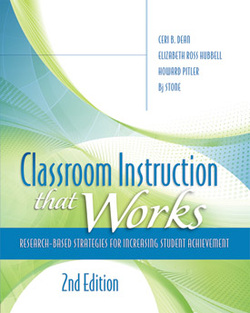It is always so exciting yet so daunting to step back into the classroom after having the summer off. On this particular day, I know that I only have about 4 hours to dive in and at least get started. But, where to start? My goal was to have the basic set up of the room started and have my teacher area ready for work. Setting up my desk took about an hour, with most of that time setting up the computer, Smartboard, DVD, etc. The bulk of the remaining 3 hours was spent deciding where to have my classroom library, cleaning off the shelving and starting to organize the books. Those three hours flew by. I spent all day Tuesday and Wednesday at a PLC adaptive school training and learned a lot about group collaboration, group dialogue and discussions. To do list: sew new curtains, go shopping, (other than a quick stop for Staples cheap back to school weekly sale, I've purchased nothing), new labels for everything, clean carpets, experiment with the on-line plan book, create student agendas, create a few of the amazing things I've found over the summer on Pinterest, and so much more BEFORE the first day back for teachers, AUGUST 13.

Reinforcing Effort and Providing Recognition
I've joked that bribery and threats are my primary classroom management tactics. But if I think about it, maybe it isn't much of a joke after all. Marble jars, tiger tokens, check marks, card flips, sticker charts...I've used them all. Even the traditional use of A's and F's can be viewed as such. The occasional arbitrary use of letter grades can be an external motivator to encourage a student to "learn" the objectives for the test. The focus of this chapter addressed the relationship between motivation and student achievement. The two strategies discussed relating to motivation are reinforcing effort and providing recognition.
Reinforcing Effort: Teachers must explicitly teach students about the relationship between effort and achievement. Ask students to keep track of their effort and achievement. Share examples of effort and how the amount of effort impacted the achievement. (Rocket Math and P.A.L.S. both provide opportunities for tracking effort/achievement.)
Providing Recognition: If done inappropriately, recognition can have negative consequences. Recognition should be based on meeting goals rather than comparing students' performances. "How you praise, what you praise, and when you praise matters." Praise must be sincere and specific. Tangible rewards can have a positive effect if tied to accomplishment of objectives.
Today's Learners: Students have the opportunity to publish work in a variety of media formats. Receiving recognition from peers, teachers, students from other classrooms/schools/countries through blogs or Skype can spark a new interest in learning. (Using reinforcements that come with programs like ScootPad and RAZ Kids are quick, quiet and self-monitored.)
Tips for Teaching: Curriculum should include learning about effort and the connection between effort and success. Praise should be simple, direct, and specific to the accomplishment. Students should feel appreciation from the varied verbal and non-verbal recognition.

 RSS Feed
RSS Feed